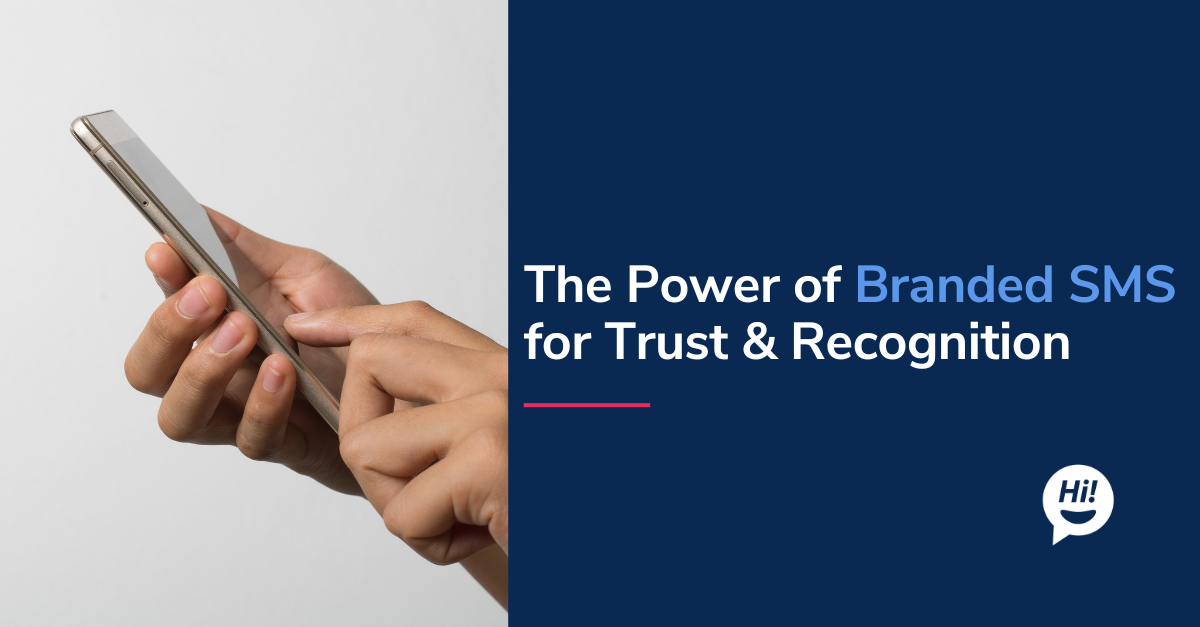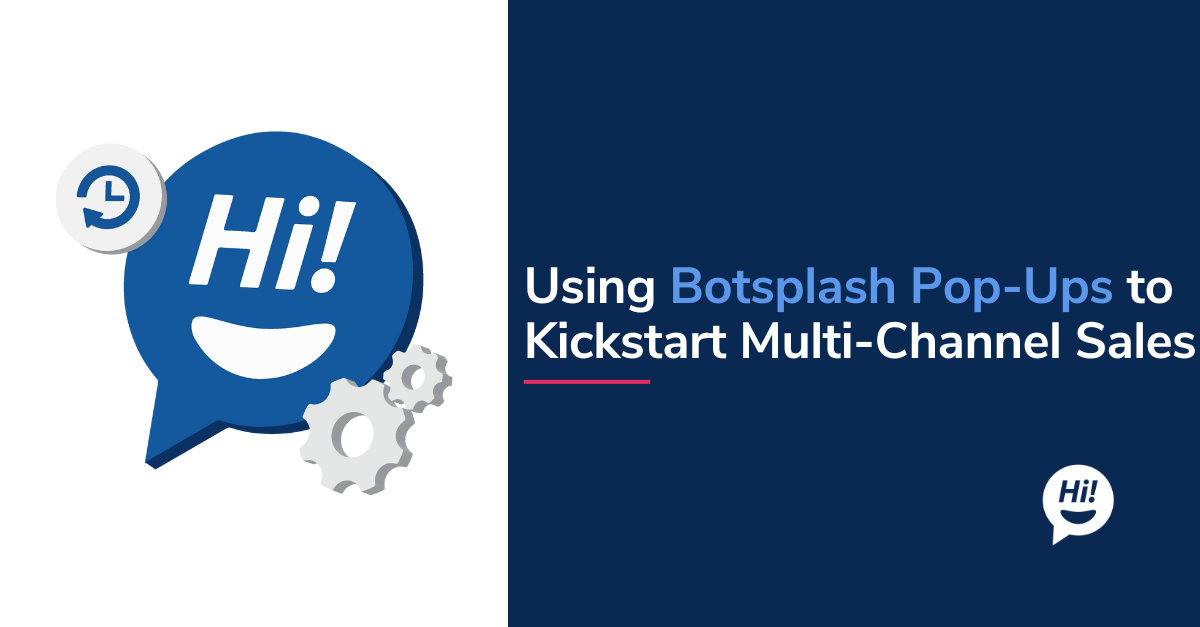We know that customers expect immediate answers and seamless interactions. Forget waiting on hold or wading through lengthy email chains—live chat has emerged as the communication champion for businesses seeking to connect with customers in real-time.
What is Live Chat?
Live chat is a real-time communication tool that allows businesses to connect with website visitors and customers instantly through instant messaging. Imagine a tiny salesperson sitting on your website, ready to answer questions and guide visitors toward a purchase. That's the essence of live chat!
Here's how it works:
- A small chat window is embedded on your website or mobile app.
- Customers can initiate a chat by clicking the window and typing their message.
- The message is then routed to a customer service representative or chatbot programmed to respond.
- The conversation happens in real time, allowing for quick back-and-forth communication.
In short, live chat is a powerful tool that bridges the gap between traditional customer service channels (phone, email) and the immediacy of face-to-face interaction.
Benefits of Live Chat for Businesses
Live chat offers a multitude of benefits for businesses, including:
- Increased Sales and Conversions: Live chat allows you to engage with website visitors when they're interested in your product or service. Compared to traditional methods, this can lead to more sales and conversions.
- Improved Customer Satisfaction: Live chat can significantly improve customer satisfaction by providing quick and personalized support. Customers appreciate the convenience of getting their questions answered right away without having to wait on hold or send an email.
- Reduced Support Costs: Live chat can be a more cost-effective way to provide customer support than phone calls.
- Valuable Customer Insights: Live chat conversations provide valuable insights into customer needs and concerns. This information can be used to improve your website, products, and marketing efforts.
- Increased Lead Generation: Live chat can be used to capture leads and qualify potential customers.
Benefits of Live Chat for Customers
Live chat also offers several benefits for customers, such as:
- Faster Resolution: Live chat allows customers to get their questions answered quickly and efficiently without waiting on hold or sending an email.
- Convenience: Live chat is a convenient way to get support without picking up the phone or leaving your computer.
- Personalized Service: Live chat allows customers to connect with a human representative who can provide personalized support.
- Transparency and Trust: Live chat conversations offer more transparency and trust than other communication channels. Customers can see the representative's responses in real time and ask clarifying questions.
Overall, live chat is a win-win situation for both businesses and customers. It provides a convenient and efficient way to communicate, resolve issues, and build stronger relationships.

What Are Some Best Practices for Live Chat
Live chat can be a powerful tool for enhancing customer experience and boosting your business. However, to maximize its effectiveness, it's crucial to follow some key best practices. Here's a breakdown of some essential elements:
Proactive vs. Reactive Live Chat Strategies
Proactive: Take the initiative! Use software functionalities or train agents to identify website visitors who need help and reach out with a friendly welcome message or offer assistance.
Reactive: Be prepared to respond promptly and efficiently when customers initiate a chat. Aim for a short wait time before connecting them to an agent.
Crafting Engaging Welcome Messages
Personalize greetings: Use the visitor's name if available or a friendly "Hello!"
Set expectations: Briefly state your availability or estimated response time.
Offer help: Ask if the visitor needs assistance or has any questions.
Setting Availability and Response Time Expectations
- Display chat operating hours on your website and within the chat window.
- Set realistic response time expectations based on your staffing levels. Adhere to them as closely as possible.
- Offer alternative communication options when chat is unavailable (e.g., email, phone number).
Active Listening and Communication Techniques
- Read customer messages carefully before responding.
- Ask clarifying questions to understand their needs fully.
- Respond in a friendly and professional tone.
- Use clear and concise language.
- Avoid jargon or technical terms the customer might not understand.
Using Canned Responses Effectively
- Create pre-written responses for frequently asked questions (FAQs) to save time and ensure consistency.
- Personalize live chat canned responses whenever possible to avoid sounding robotic.
- Use canned responses sparingly. Engage in genuine conversation as needed.
Utilizing Chat Routing and Escalation
- Set up chat routing rules to direct chats to the most appropriate agent based on expertise or workload.
- Implement an escalation process for complex issues that require a supervisor or specialist.
- Inform the customer when a chat is being transferred and provide an estimated wait time.
By following these best practices, you can create a positive and productive live chat experience for your customers and ensure your business reaps the benefits of this valuable communication channel.

Advanced Live Chat Strategies
Now that we've covered some best practices for live chat, we can further explore how you can pair them with marketing and communication strategies for live chat for your business. We understand that each company has its strategy, but here are some that can help you get started until you find a specific one.
Integrating Live Chat with CRM and Marketing Tools
Seamless Data Flow: Integrate live chat with your CRM system to capture customer data (name, email, purchase history) for personalized interactions and future marketing efforts.
Targeted Marketing Campaigns: Leverage chat data to understand customer interests and segment them for targeted marketing campaigns.
Marketing Automation: Utilize chat data to trigger automated marketing emails or follow-up campaigns based on customer interactions.
Utilizing Chat Analytics to Improve Performance
Track key metrics: Monitor chat volume, average response time, and customer satisfaction ratings.
Identify trends and patterns: Analyze chat transcripts to understand customer behavior and identify areas for improvement.
Optimize live chat strategy: Use data insights to optimize agent scheduling, improve chat workflows, and personalize greetings based on visitor behavior.
Personalization and Targeting Through Live Chat
Dynamic Greetings: Use website visitor data (location, browsing history) to personalize greetings and tailor chat offers.
Product Recommendations: Based on chat conversations, recommend products or services relevant to the customer's needs.
Proactive Outreach: Identify website visitors abandoning carts or struggling on specific pages and offer targeted chat assistance.
Using Live Chat for Lead Generation and Sales
Capture Lead Information: Utilize chat forms to collect customer contact details and qualify them as leads.
Nurture Leads: Engage qualified leads through chat by providing valuable information and addressing their needs.
Schedule Demos or Consultations: Schedule demos or consultations directly within the chat window.
Live Chat Sales Assistance: Train agents to handle sales objections and guide customers through the purchase process during the chat conversation.
By implementing these strategies, you can transform your live chat from an essential communication tool into a powerful engine for lead generation, sales conversion, and building stronger customer relationships.
Conclusion
Live chat has become an indispensable tool for businesses to connect with customers in a real-time, convenient, and personalized way. By offering many benefits for businesses and customers, live chat can significantly enhance customer experience, boost sales, and improve overall business performance.
Live chat is constantly evolving, and businesses that embrace these advancements will stay ahead of the curve and deliver exceptional customer experiences. As technology continues to develop, the future of live chat promises to be even more interactive, personalized, and effective.
If you’re looking to improve your customer experience with live chat then we can help. Reach out to us for a FREE demo!
To learn more about Botsplash click the button below to schedule a demo with our team.










